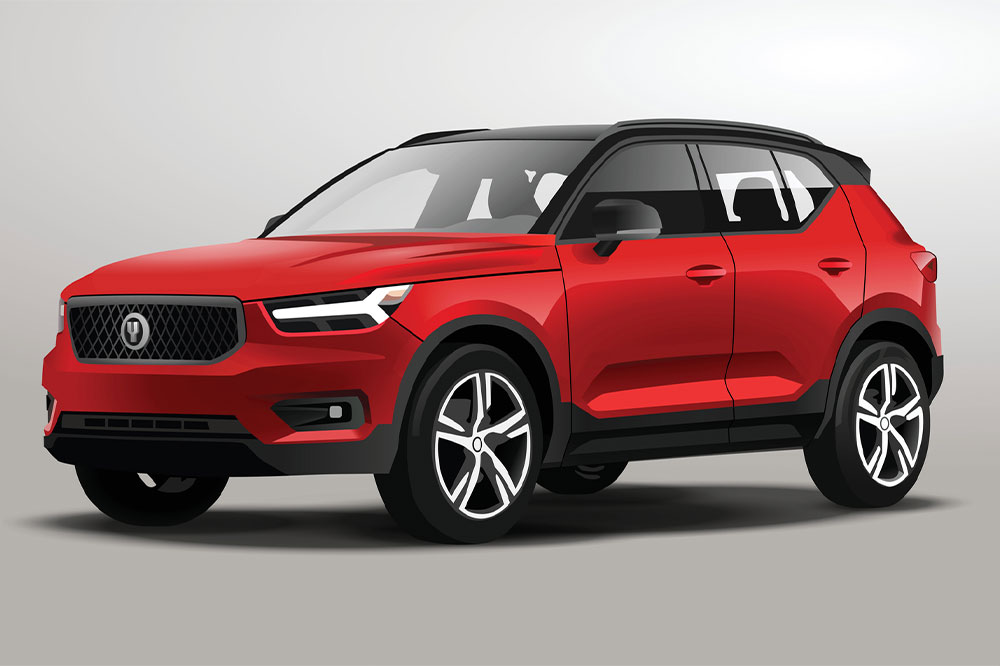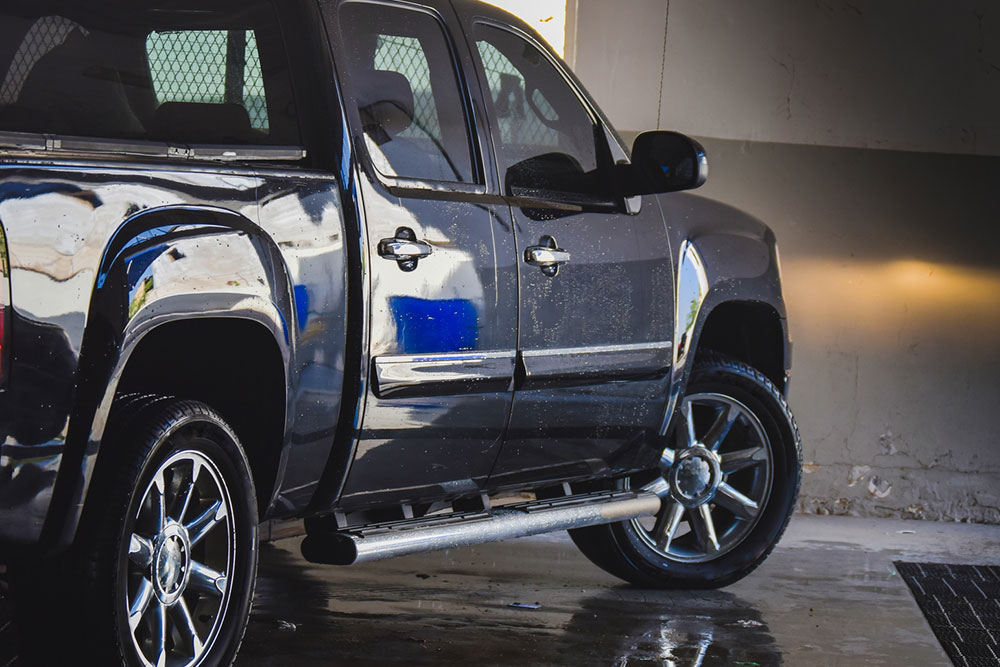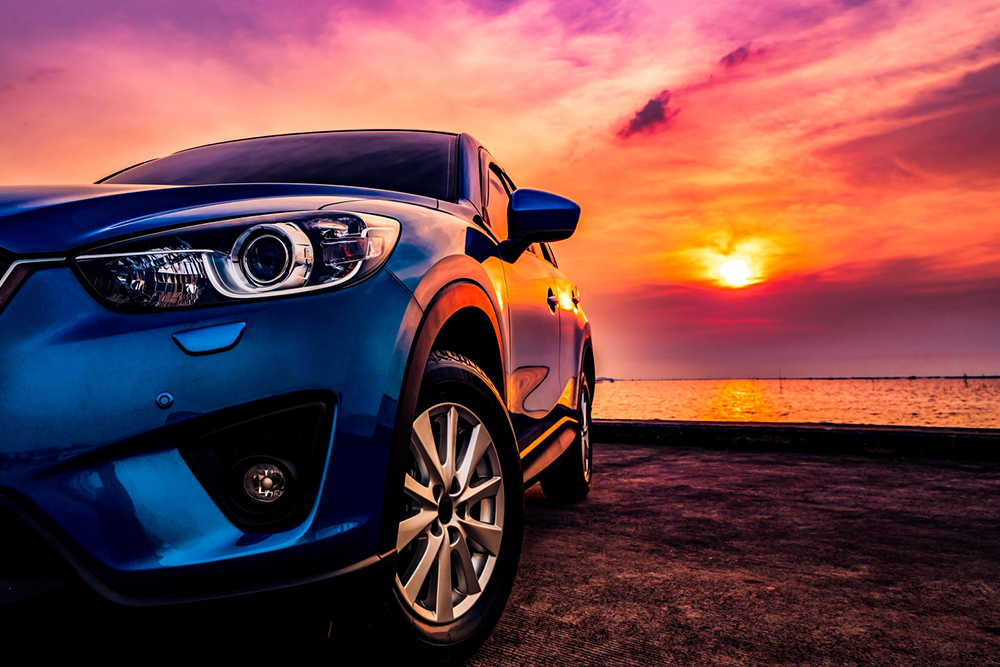The Ultimate Guide to Buying an SUV: 4 Common Mistakes to Avoid
This comprehensive guide highlights four critical mistakes to avoid when purchasing an SUV. From overemphasizing looks to poor safety checks, learn the essentials to make a smart, informed decision. Discover how to balance features, safety, and budget effectively to select the perfect SUV that meets your lifestyle and long-term needs.

The Ultimate Guide to Buying an SUV: 4 Common Mistakes to Avoid
Buying a new Sport Utility Vehicle (SUV) is a substantial investment for most consumers, often representing a long-term commitment that can influence your daily life for years to come. With the wide array of options available in the automotive market—from compact crossovers to full-sized luxury SUVs—making the right choice requires careful planning and understanding. Many buyers tend to focus on the latest models and impressive exterior designs without adequately assessing their true needs and preferences. A successful SUV purchase balances performance, safety, comfort, and affordability, and avoiding common pitfalls is crucial in this process. In this comprehensive guide, we will explore four prevalent mistakes to steer clear of during your SUV buying journey, helping you make a well-informed decision that aligns with your lifestyle and financial situation.
Overemphasizing Exterior Aesthetics
While the visual appeal of an SUV plays a significant role in the purchasing decision, it should not overshadow essential factors such as vehicle performance, engine quality, ride comfort, and overall reliability. Many buyers are captivated by sleek, stylish designs and the latest automotive trends, but it's critical to examine whether the vehicle's core functionalities meet your daily needs. For instance, choosing an SUV based solely on its attractive exterior might lead to regret if the vehicle falls short in terms of driving experience, fuel efficiency, or durability. Consider evaluating test drives, engine specifications, and ride comfort to ensure the SUV performs well in real-world conditions. Remember, a vehicle that looks good today should also deliver a satisfying and safe driving experience over time.
Overspending on Non-Essential Features
Luxury SUVs come loaded with a plethora of advanced features and upgrades, tempting buyers to spend beyond their actual needs. While modern vehicles often include high-tech touchscreen infotainment systems, premium audio, leather upholstery, and other premium amenities, it is important to differentiate between what is essential and what is an unnecessary expense. Prioritize features that improve safety, comfort, and practicality—such as good seating ergonomics, climate control, and driver assistance systems. Extra embellishments can always be added later through aftermarket modifications or future upgrades, which tend to be more cost-effective. Overspending at this stage can strain your budget and lead to buyer's remorse, especially if other vital aspects of the vehicle are compromised.
Neglecting Key Safety Features
Safety should be a paramount concern when selecting an SUV. Modern vehicles are equipped with a wide range of safety features, including automatic emergency braking, driver attentiveness systems, lane departure warnings, stability control, multiple airbags, and reinforced crash structures. Failing to verify the presence and functionality of these safety elements can result in a compromised driving experience, both for the driver and passengers. Ensure the vehicle you choose meets or exceeds safety standards and includes essential safety technologies. A thorough safety check is not just about compliance but also about protecting your loved ones during everyday commutes and longer journeys.
Misjudging the Financial and Ownership Options
Deciding between buying and leasing a vehicle is a critical aspect of the purchase process. If your financial situation permits, buying an SUV outright offers long-term benefits, including eventual full ownership, no mileage restrictions, and the ability to customize the vehicle. Conversely, leasing may lower monthly payments initially, but it can involve complex termination procedures, mileage limits, and potential fees at the end of the lease term. Carefully evaluate your financial capacity, driving habits, and long-term plans before choosing the most suitable option. Consider total ownership costs, including maintenance, insurance, and depreciation, to make a decision that aligns with your budget and lifestyle.
Thorough research is essential in selecting an SUV that complements your needs. For example, the 2022 Lincoln Navigator exemplifies luxury, space, and performance. Priced around $78,000, it features a powerful twin-turbo V6 engine, a refined interior with upscale materials, and adaptive driving systems that enhance safety and comfort. Whether you prioritize family space, off-road capabilities, or premium features, understanding the model's specifications and test-driving multiple options can significantly improve your decision-making process.





